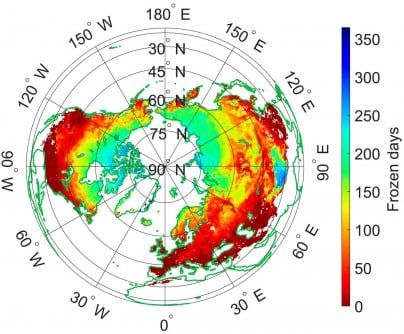Researchers have recently made significant strides in the field of high-temperature quantum materials through a breakthrough known as solitonic superfluorescence. This phenomenon, which combines principles from quantum physics, condensed matter, and nonlinear optics, has the potential to reshape the development of materials used in quantum computing, advanced sensing technologies, and future energy systems.
Understanding Solitonic Superfluorescence
Solitonic superfluorescence occurs when an ensemble of particles, typically excitons or polarons, enters a collective quantum state. This unique state gives rise to solitons—stable wave packets that maintain their shape while propagating through a medium. When these solitons break symmetry within a quantum material, they can emit coherent light, similar to a laser, but with distinctive characteristics resulting from their nonlinear interactions.
The crucial aspect of this phenomenon lies in its ability to operate at elevated temperatures, a major advancement over traditional light emission methods that typically require low-temperature environments. This ability to function outside of stringent cooling constraints has long posed a challenge for practical applications of quantum materials.
Implications for High-Temperature Quantum Materials
The implications of solitonic superfluorescence for high-temperature quantum materials are profound. These materials, which include superconductors, topological insulators, and magnetically ordered substances, could see their electronic and magnetic properties significantly enhanced through solitonic behavior. Key benefits include:
- Enhanced Coherence: Solitonic superfluorescence can improve coherence times in quantum states, essential for quantum information applications. Longer coherence times allow for more efficient processing and error correction in quantum computation.
- Increased Stability: The solitons’ interactions can bolster the stability of quantum states against external disturbances. This resilience is crucial for maintaining operational integrity in quantum devices, which often suffer from decoherence due to environmental factors.
- Room-Temperature Operation: By facilitating coherent light emission at higher temperatures, solitonic superfluorescence expands the definition of high-temperature quantum materials. This advancement enables potential applications in environments that do not require extreme cooling, making quantum technologies more accessible.
- Customizable Material Properties: The nonlinear nature of solitonic interactions provides a framework for tailoring the electronic and photonic properties of quantum materials. Researchers can fine-tune system parameters to engineer materials with specific desired functionalities, enhancing their application potential.
Recent investigations have demonstrated the viability of generating solitonic superfluorescence in a range of systems, from atomic gases to condensed matter systems such as exciton-polariton condensates. These studies have illuminated the mechanisms governing solitonic behavior and their significance for emerging phenomena in high-temperature quantum materials.
Looking ahead, future research could explore the integration of solitonic superfluorescence in hybrid quantum systems, where classical and quantum bits interact seamlessly. The pursuit of new materials exhibiting robust solitonic behavior may uncover additional quantum phenomena and interfaces.
In conclusion, solitonic superfluorescence marks a significant shift in our approach to high-temperature quantum materials. By leveraging the collective quantum effects of solitons, researchers are extending the operational capabilities of quantum systems and laying the groundwork for a new generation of quantum technologies. Continued exploration of this phenomenon brings us closer to realizing the vast potential of quantum materials in practical applications, paving the way for groundbreaking advancements in science and technology.







